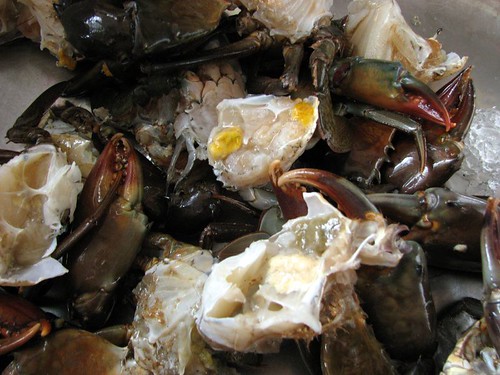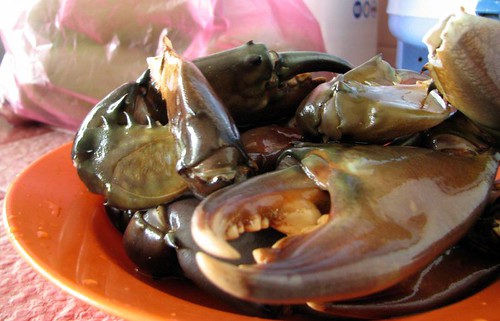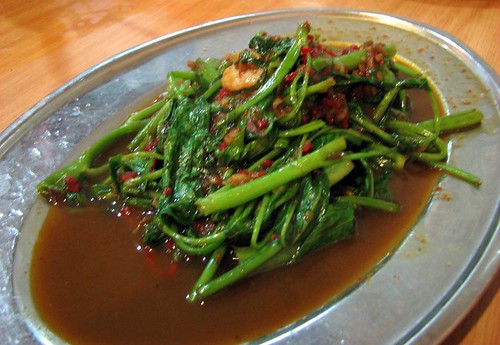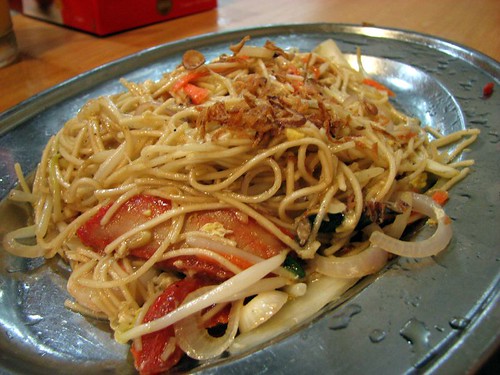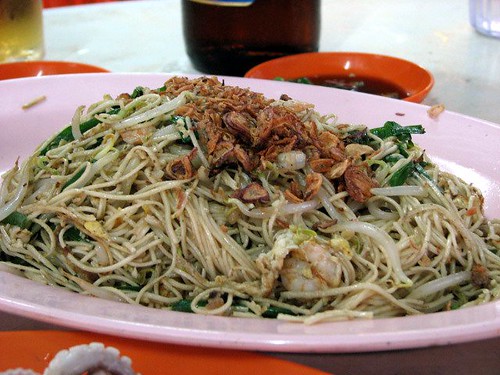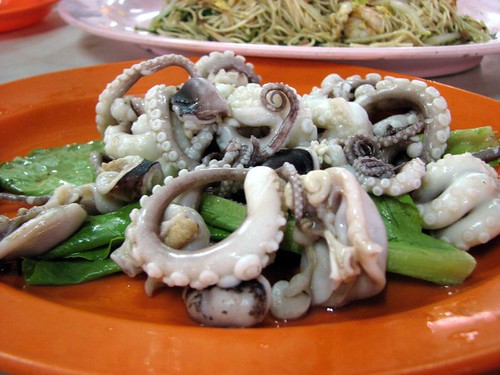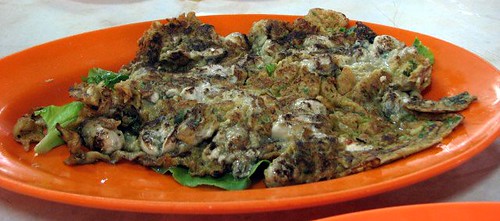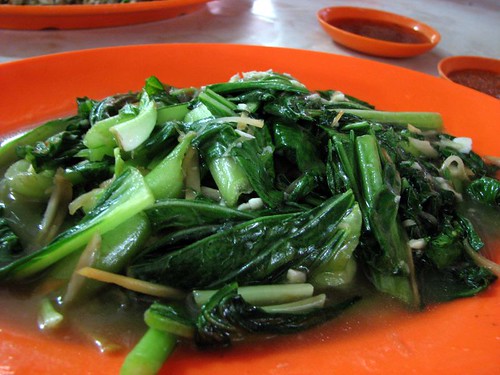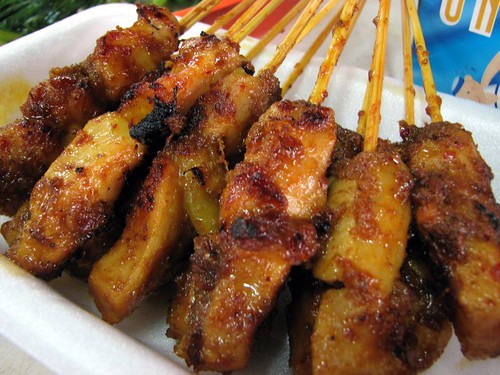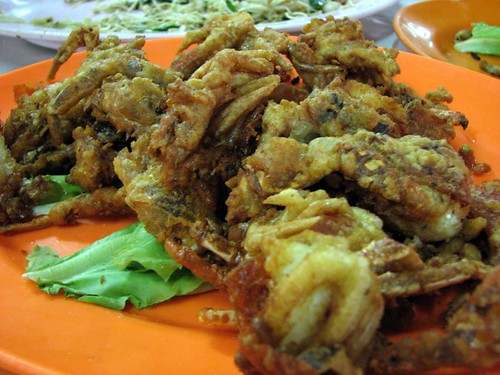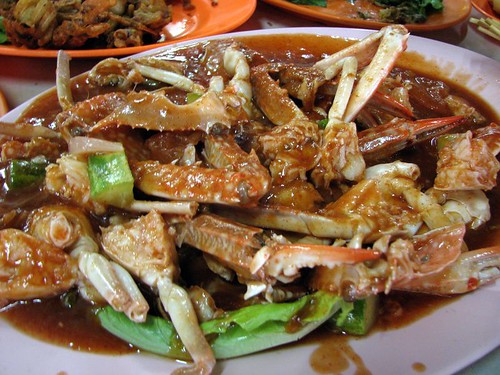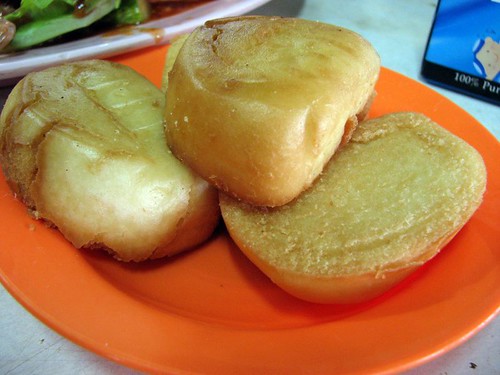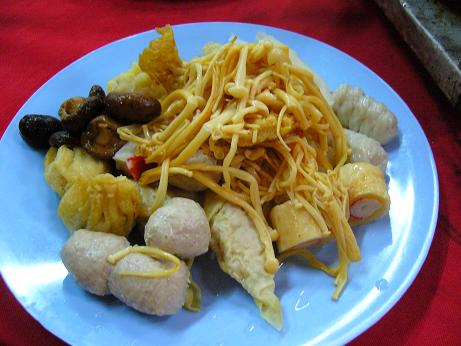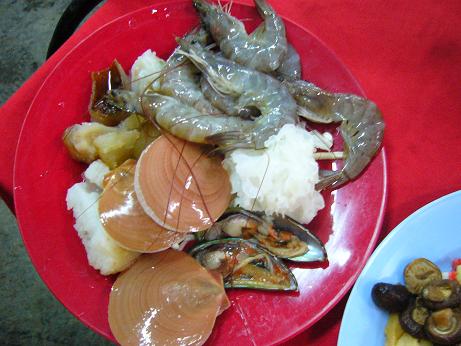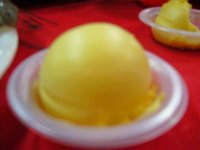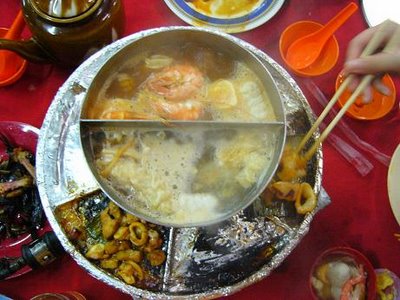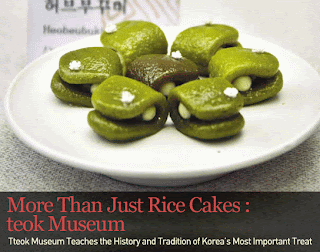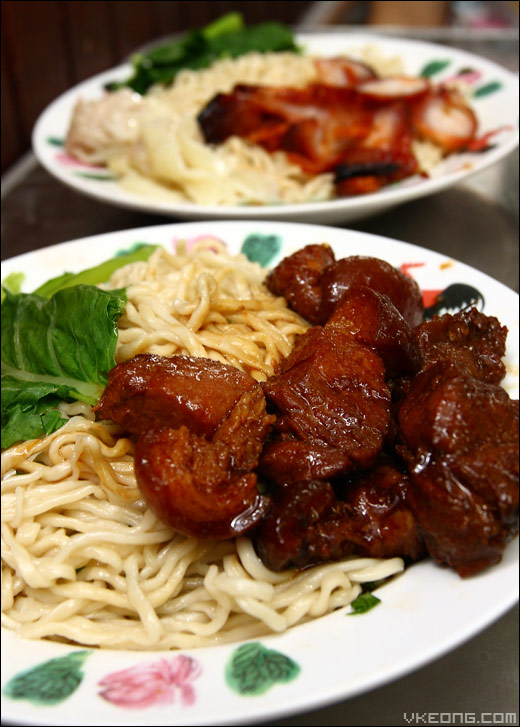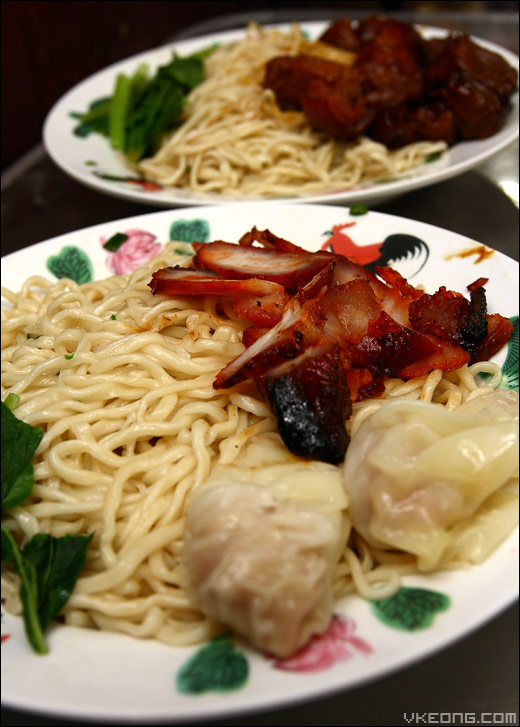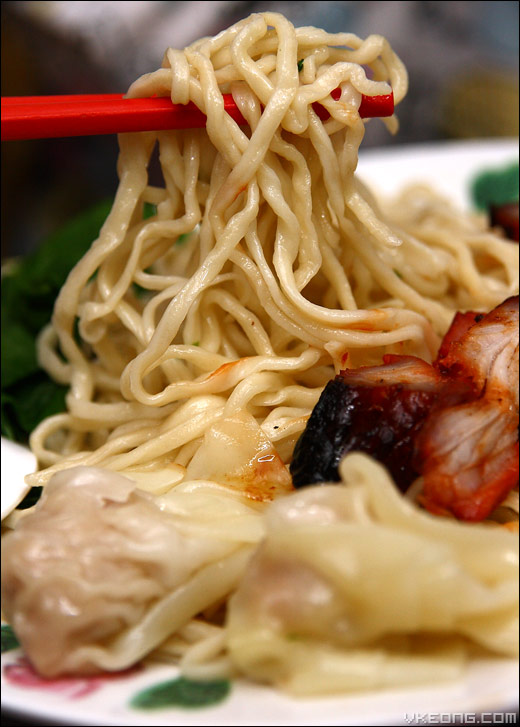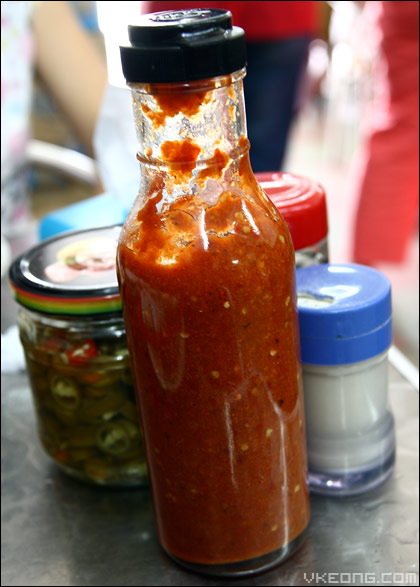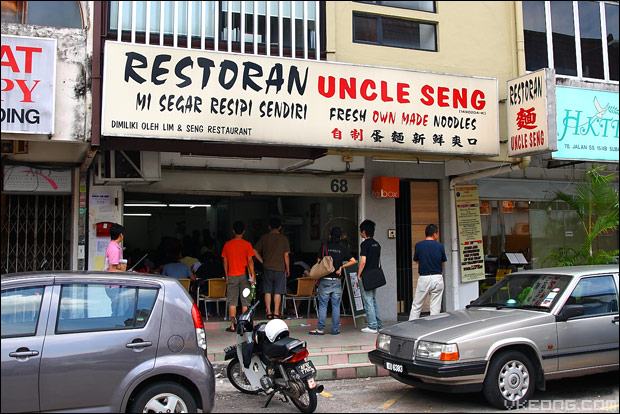Jalan Raja Uda , Butterworth Penang Road Famous Cendol and Ais Kacang
Was back in Penang a few days ago during the Hari Raya break. It has been a loooooooooong time since I last posted anything on Penang food so here goes. Despite Bukit Mertajam being a lot nearer to Butterworth than Penang Island, the only food I posted before in Butterworth is Sweet Paradise (Chao Quan) Dim Sum lol.
So I did a research on Butterworth's food and found that it is actually quite a food paradise itself. If you stay in Butterworth basically there's no need to travel anywhere else for food. At Jalan Raja Uda alone you have hawker stalls and restaurants lined up on both sides of the road, which will take you a really long time to try all of them.
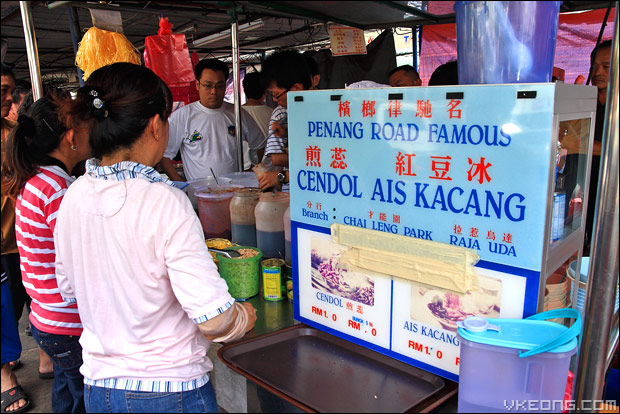
While browsing Wikimapia on Jalan Raja Uda, a small box attracted my attention. It was labeled as "Butterworth Red Bean Ice" in Chinese, which is actually Ice Kacang. The description says it is the best Ice Kacang @ RM2.70 with lots of fresh ingredients, and waiting time is long too because of the number of customers.
Roughly remembering the stall as somewhere before a photo shop along Jalan Raja Uda (it's just a straight road), I managed to locate the stall easily thanks to the crowd that made it even more obvious. Little did I know that this Ais Kacang stall is actually a branch of the Penang Road Famous Cendol and Ais Kacang, I was totally clueless about this, lol fail. No wonder it is so popular.
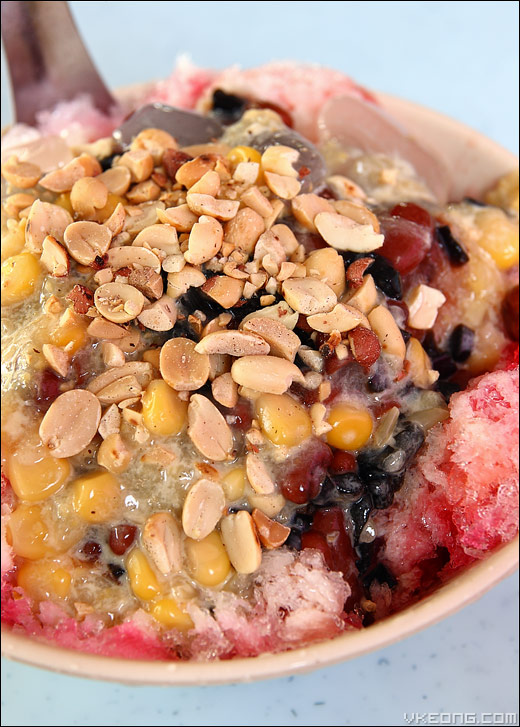
After waiting 10 minutes for a seat, I had to wait another 20 minutes for my Ais Kacang to arrive. Firstly, it looked nothing like the one I had at Penang Road because it had a lot of peanuts and didn't have those small green jelly balls.
That aside, I have to say they really did not skimp on the ingredients as generous amount of peanuts, red beans, grass jelly, sweet corn and atapchi were given. For me it's super valuable. There's simply no way you can purchase a bowl of Ais Kacang laden with so much toppings for only RM3.50 in KL.

The soft shaved ice, sweet tasting with a hint of refreshing Sarsi flavor was a perfect treat in the hot afternoon. Every mouthful taken is met with interesting textures of the crunchy peanuts, tender-soft red beans, smooth grass jelly and chewy atapchi. Just great.

The man responsible for manning the ice shaver also takes orders and remembers them. I watched him doing his work and I have concluded that at least 3 bowls/packets of Ais Kacang or Cendol can be prepared in a minute.
His partner is an efficient worker as well, having to pour like 5 to 6 types of syrups into the shaved ice, then place the toppings. Watching them handled and prepared the onslaughting orders made my wait a lot more bearable. lol it somehow felt like watching a show.
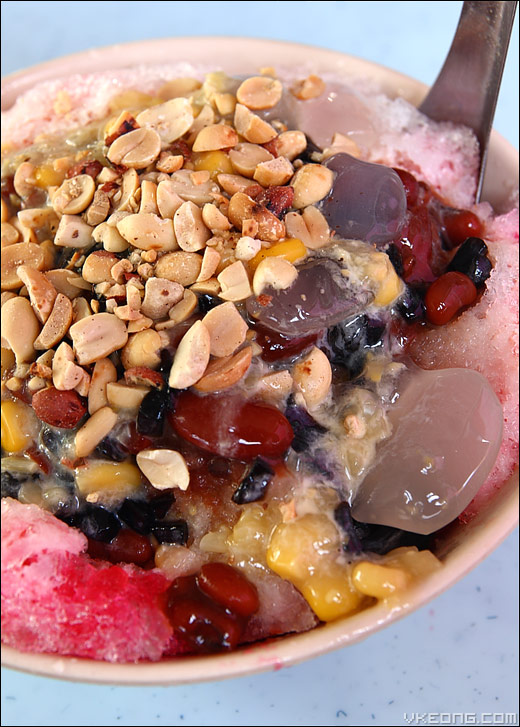
In short, awesome Ais Kacang and I loved it. Only the waiting time is a deterrent. And I felt it was better than the one at Penang Road too, not sure about the Cendol though. Knowing this Cendol and Ais Kacang stall's existence is good news for me because I don't have to drive across the bridge to get a bowl of nice Ais Kacang now. Butterworth also got!
My next quest is to find out the other branch in Chai Leng Park as stated in its signboard. But I guess that quest can only be completed next year, as I will be relocating to Singapore soon for work purpose (sigh).
Direction: Drive along Jalan Raja Uda and look for 'Wo Lai Yeh' dried meat, the Ais Kacang stall is directly opposite across the road. Alternatively, use Raja Uda's Pizza Hut/New Town Kopitiam as reference. If Pizza Hut/New Town Kopitiam is on your right, then the Ais Kacang stall would be on your left about 1km down the road. Lookout for road side the hawker stalls.
Wikimapia Location: Penang Road Ais Kacang (Raja Uda Branch)
Business hours: 2pm onwards, until finish.
